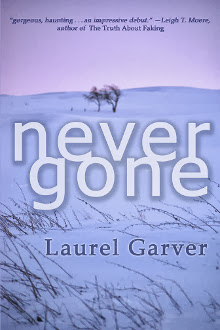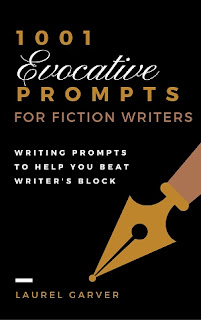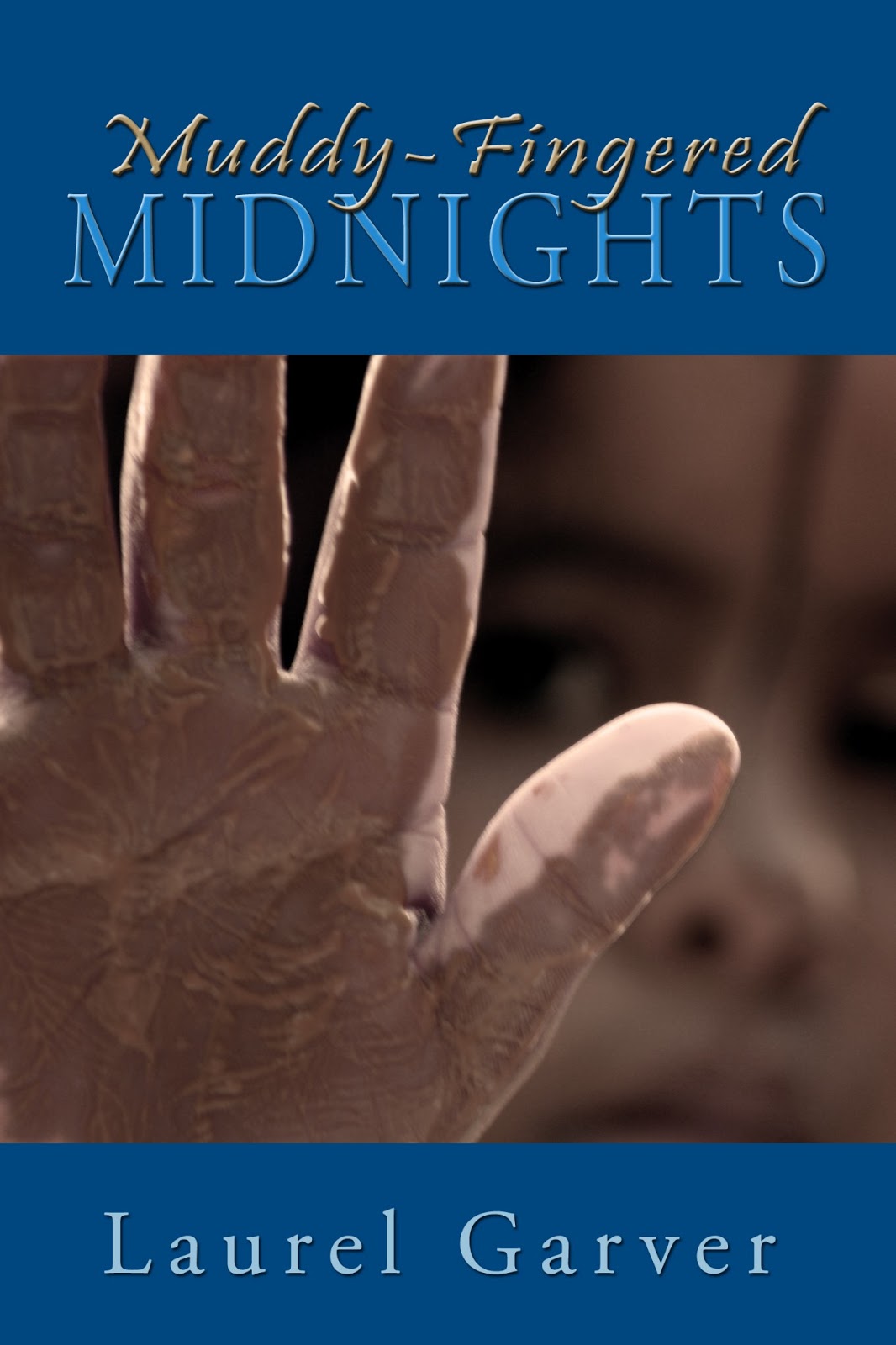Apostrophe anxiety in the digital ageRoots of the problem--the demise of gatekeepersFor generations, the humble apostrophe has been quietly helping us keep track of who owns what and acting as a placeholder for omitted letters. Yet more and more I see this little curl popping up where it never belonged: in plural nouns and possessive pronouns. How did this error become so widespread?
I think it is fair to blame the democratization of design and publication. Prior to the digital age, we had a layer of gatekeepers--sign shops, publishing companies, well-trained secretaries--whose reputations depended upon accuracy. They made sure errors never hit the public eye. Now that anyone with a computer can create documents and signage, the gatekeepers that would have caught and repaired errors are largely bypassed.
The digital age also encourages reliance on technology over human knowledge. Many times spell check won't help you use apostrophes correctly, however; who's might be a correct spelling, but it doesn't mean the same thing as whose. Grammar checkers will flag similar sound-alike errors sometimes. But even these tools will get hung up on unusual plurals, such as the one in
An Abundance of Katherines.
Finally, I blame Dan Quayle's very public gaffe in 1992--insisting at a spelling bee that potato is spelled potatoe--for creating heightened anxiety about spelling rules for words ending in vowel sounds. Slapping on an apostrophe has become the strange default. (I imagine the inner monologue goes like this: "Is it tacos or tacoes? Oh, heck, I'll just write taco's, everyone will understand.") Words ending in Y trip folks up, too. While pony becomes ponies and contingency becomes contingencies, joy does not become joies, but joys. Apostrophes seem to act as duct tape when these anxieties surface--a good-enough quick fix for those in a hurry. My advice for handling thus particular anxiety: When in doubt, look it up.
Merriam-Webster online has an easy-to-use interface.
Thanks for bearing with my analytical rant. Here's the goods you really came for: a reliable guide to using, not abusing, our humble friend the apostrophe.
Mine! Mine! Apostrophes and possessivesTo indicate ownership, add an apostrophe and s to singular nouns (no matter what the ending consonant) and plurals that don't end in s. Some examples are below.
John's box
Yeats's poems
Inez's marimba
Children's menu
Men's restroom
With plural nouns ending in s, indicate ownership by adding an apostrophe alone. Be sure that the plural is correctly formed first. (When in doubt, look it up.) Errors creep in with names especially. Names ending in y simply take an s. Names ending with s, sh, ch, x or z take an es when made plural. Some examples are below.
Girls' first win
Grants' party
O'Reillys' bar
Collinses' house
Beware the masqueraders! PROnouns, those handy stand-in words that keep us from sounding incredibly redundant,
do not use apostrophes in their possessive forms. Some examples are below.
She had
her cat spayed. That tabby is
hers.
They drove me in
their car. Yes, the Audi is
theirs.
You want me to come to
your house? Which one is
yours?
Who left this here?
Whose magazine is this?
Pronouns take apostrophes only when forming contractions (more on this below). NO EXCEPTIONS. If you see who's, it means "who is" or "who has" or "who was." It's means "it is" or "it has" or "it was."
Bridging the gapsOmitted letters and contractionsApostrophes play another important role: as a placeholder. They stand in for omitted letters in a single word or combined words (a.k.a. contractions). Some examples are below.
Ma'am = madam
'cause = because
don't = do not
could've = could have
who's = who is / who was / who has
they're = they are / they were
Oddball pluralsa soon-to-be extinct exceptionIt was once the rule that numbers, letters, abbreviations and acronyms always took an apostrophe and s in their plural forms. For example: In the 1940's, C.P.A.'s minded their P's and Q's. This "rule" is currently in flux and appears to be headed for extinction.
Most of the newest style manuals have eliminated this practice. MLA 7th edition section 3.2.7g says "Do not use an apostrophe to form the plural of an abbreviation or a number." The Associated Press applies the oddball apostrophe plural rule only to single letters (for example, M's), while numbers and abbreviations/acronyms go without the curl.
The trend seems to be apostrophe minimalism. So go ahead and write it like this: "In the 1940s, CPAs minded their Ps and Qs." The Modern Language Association will back you all the way.
**A brief disclaimer
I am not a grammarian. I'm just a workaday editor with degrees in English and journalism who has been copy editing professionally since 1991. All the advice I give above came from reliable grammar manuals. If you think I got it wrong at any point, please let me know in the comments or at lonexylophone (at) yahoo (dot) com.








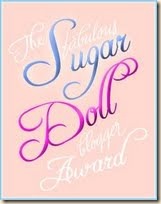






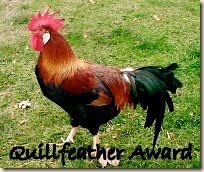






 2. DO plan your trip. Have a sense of which locations you want to visit most and plan out an efficient route. Pack maps so you don’t get hopelessly lost when the spontaneous urge to tail a fascinating stranger strikes you.
2. DO plan your trip. Have a sense of which locations you want to visit most and plan out an efficient route. Pack maps so you don’t get hopelessly lost when the spontaneous urge to tail a fascinating stranger strikes you.













